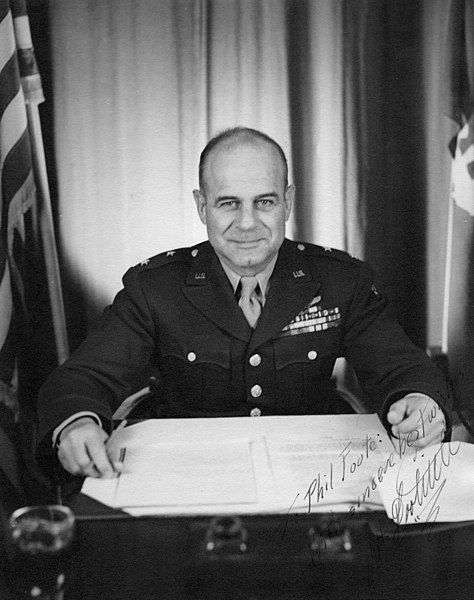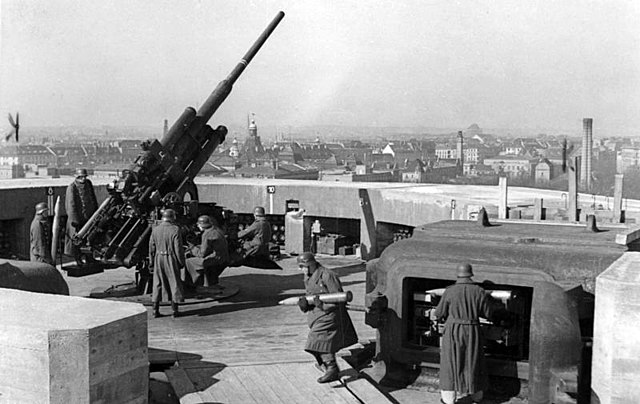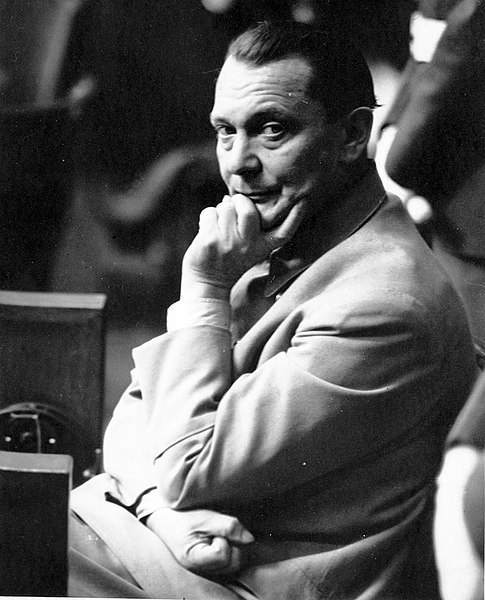The Defence of the Reich is the name given to the strategic defensive aerial campaign fought by the Luftwaffe of Nazi Germany over German-occupied Europe and Germany during World War II. Its aim was to prevent the destruction of German civilians, military and civil industries by the Western Allies. The day and night air battles over Germany during the war involved thousands of aircraft, units and aerial engagements to counter the Allied strategic bombing campaign. The campaign was one of the longest in the history of aerial warfare and with the Battle of the Atlantic and the Allied Blockade of Germany was the longest of the war. The Luftwaffe fighter force defended the airspace of German-occupied territory against attack, first by RAF Bomber Command and then against the United States Army Air Forces (USAAF) in the Combined Bomber Offensive.
Maj. Gen. Jimmy Doolittle's fighter tactics against the Luftwaffe fatally disabled its bomber destroyer forces from early 1944 onwards
Anti-aircraft defences on the Flakturm Tiergarten in Berlin, one of the flak towers built from 1940
Destruction of Cologne after the 9 June 1942 attack
German training material for fighter pilot instructions
The Luftwaffe was the aerial-warfare branch of the Wehrmacht before and during World War II. Germany's military air arms during World War I, the Luftstreitkräfte of the Imperial Army and the Marine-Fliegerabteilung of the Imperial Navy, had been disbanded in May 1920 in accordance with the terms of the 1919 Treaty of Versailles which banned Germany from having any air force.
Hermann Göring, the first Supreme Commander of the Luftwaffe (in office: 1935–1945)
Robert Ritter von Greim, the second and last Supreme Commander of the Luftwaffe (in office: April–May 1945)
Manfred von Richthofen with other members of Jasta 11, 1917 as part of the Luftstreitkräfte
Walther Wever, Chief of the Luftwaffe General Staff, 1933–1936








